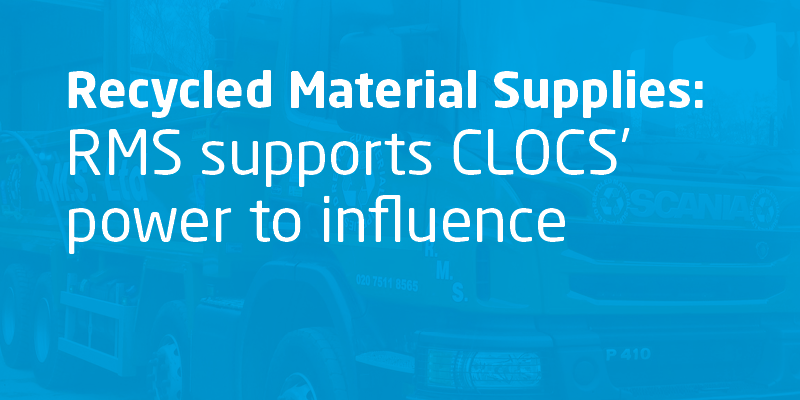
One of the benefits of being a CLOCS Champion is the influence the community exerts on the industry and our ability to drive positive change. Our success has already manifested in the European Commission committing to introduce a Europe-wide regulation to ensure that in future all new trucks will meet a minimum standard of direct vision. International negotiations are underway within the United Nations to decide what that minimum limit should be.
CLOCS was recently approached by Iain Knight of Apollo Vehicle Safety with a request for our help as recognised leaders in industry standards. At the time, the Global Vehicle Industry’s position was that it is very difficult to improve the direct vision of long haul or construction vehicles and that an International minimum standard equivalent to London’s 1 star would not be feasible.
However, new Scania cabs introduced in 2018 claim to offer much improved direct vision. So, to assess the validity of the industry argument, Transport and Environment, a Brussels based campaign group, funded an investigation to identify what Scania changed that allowed them to achieve the improvement. To this end, they needed to independently inspect both a new and an old-style Scania P series, preferably with a construction body and/or G category off-road status.
When CLOCS sent out a call for help, we received an amazing response with 25 Champions keen to work with the researchers, Iain from Apollo and Steve Summerskill of Loughborough University, and to support their analysis.
CLOCS Champion Recycled Material Supplies (RMS) was well placed to make their vehicles available for inspection. “Operating to the highest standards is really important to RMS and we are always keen to help the industry wherever we can,” said John Garvey, Senior Transport Manager who was happy to offer his time and his vehicles. “It was a really interesting day and I got totally involved with helping Iain to take measurements from 2 of our vehicles: a 15-plate and a 19-plate Scania tipper “. The results were presented at a meeting of an informal working group of the United Nations Economic Commission for Europe and the presentation can be found here.
Ian reported, “It was interesting – my subjective impression when swapping between old and new vehicles was that the change wasn’t that big but when I started comparing the measurements, there was a large collection of small differences and so we decided to properly scan a vehicle so that Loughborough Design School could model it according to the full DVS process and it turns out that collectively the changes made really quite a big difference.”
The presentation was relatively well received at the working group, even by some of the industry people. The aim is that the ‘level of ambition’ (i.e. what minimum standard should be achieved in the forthcoming regulation) should be settled at the next meeting scheduled in February and that the full regulation should be published in 2021. However, in the EU the minimum standard won’t come into force on a mandatory basis until 2026 (for new models) and 2029 (for all new registrations) so still plenty to do to manage risks in the meantime! While Brexit effects are not entirely predictable, all indications from the Government are that there are no plans to change anything that would mean this regulation would not come into force in the UK.


